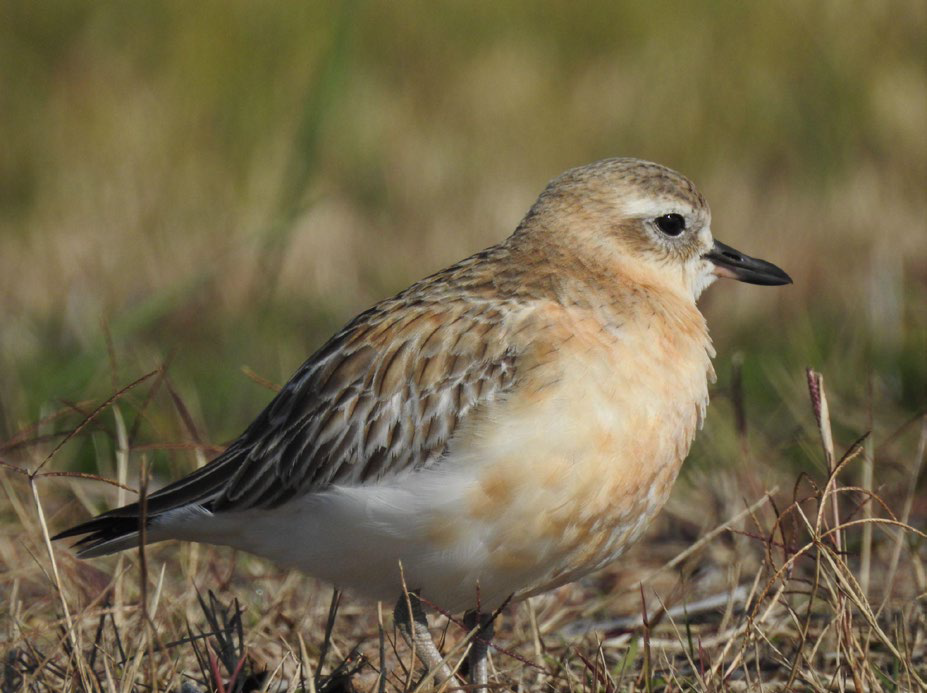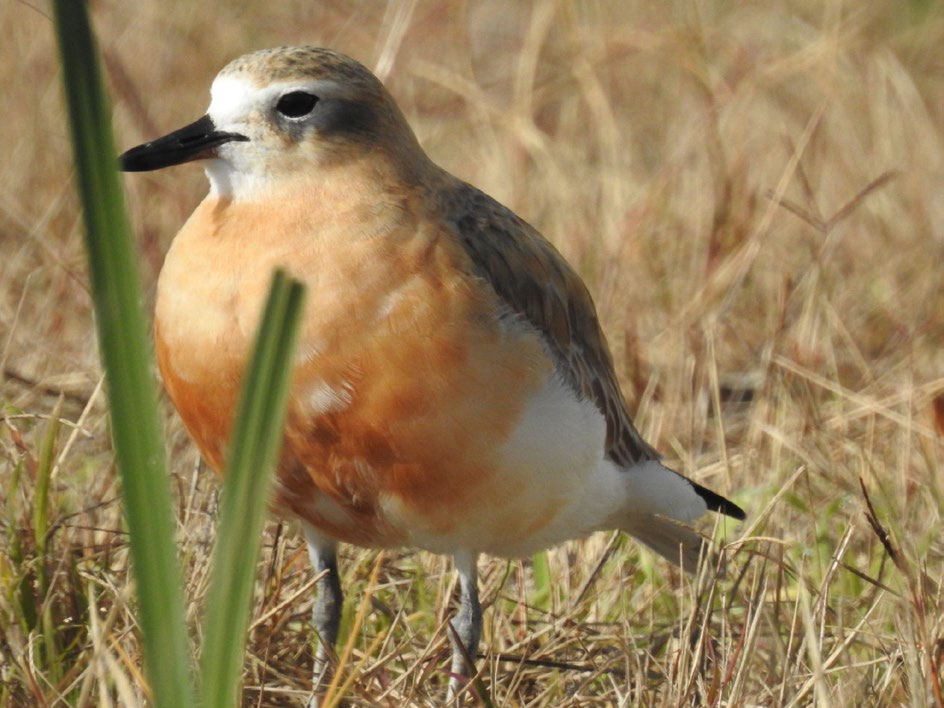
- By Times’ Junior Journalist Alina Jiang
Be a hero! Let’s make sure this bird lives on forever!
Ever since April 1773, the Northern New Zealand Dotterel has been struggling to survive due to predation, habitat loss, and disturbance.
So many threats to this poor little bird species.
What can we do about it? That’s what I’m writing about here.
The Northern Dotterel (tūturiwhatu) has a belly coloured like snow and back feathers like a brown blanket, lightly layered on top of its tiny little body.
It has a small black beak stretching from right beside its little pea-shaped eyes, and small stick legs sprouting from right under its belly.
This bird preys on sandhoppers, small invertebrates, insects they find on shore and sometimes small crabs in fish.
Not the big type of ones, the poor little Northern Dotterel would be unable to catch a big fish.
Nesting for this bird is extremely risky from residential disturbance on public beaches so you need to be careful.
On beaches, nests are easily destroyed by careless feet, dogs and vehicles that sometimes drive off-road, so if you see a no-dog sign on the beach, respect it.
There may be a nesting adult or a nest containing eggs and chicks that uncontrolled dogs can easily disturb, crush or even kill!
These birds are found mostly around two areas that mostly apply to beaches and urban areas.
On sandy beaches, these birds nest in sandpits, gravel beaches and sometimes even shell banks on harbours.
However, if Northern Dotterel choose to nest in urban areas in Auckland, they may breed on coastal golf courses or beach esplanades.
Some of the local east Auckland beaches where they nest are Omana, Te Puru, around the Beachlands coastline and the Whitford estuary zone.
Council staff and volunteers work constantly to help protect the endangered birds in these areas.
Wow! Who knew that?
That’s plenty of facts, but don’t go visiting the places just to sightsee!
If you do, a highly recommended place from me if you’re looking forward to a Sunday car drive and want to go bird watching is the Miranda Shorebird Centre.
It’s a place where they have a display of shorebirds and books on their birds, and birding experts on-site at certain times.

Known predators of this bird are stoats, hedgehogs, cats and rats.
Hedgehogs are a major predator of the Northern Dotterel, being able to move a big distance every night, feeding on all the nests they see along the way.
Cats and stoats mostly feed on adult birds, young and inexperienced chicks being an easy prey especially for cats.
In other areas, bigger and more ferocious birds can be predators like the black-backed gull or a harrier hawk.
Who knew that? Surely this bird must have the most predators out of all the endangered species in New Zealand!
Further south, the survival of these endangered birds is thanks to many community groups and individuals supporting the Northern Dotterel’s survival.
One of them is at Matakana Island, a place where dotterels can safely breed without worrying about the dangers of predators, all due to its community approach.
Scientists estimate there are around 2500 dotterels alive, an amount that’s less than how many chickens there are in the world! (Of course, chickens have more species, where do you expect the chicken nuggets or chicken patties to come from?)
This bird is in its recovering state, meaning that its population is slowly getting larger and larger.
If we work together, surely this bird’s population will increase and even if it takes a slow time, doing something is better than not!
You could make posters, become a dotterel minder!
If you live in a coastal community close to where these birds breed and have a few spare hours you could help protect this bird!
Let’s work together to help save this bird!
To find information about being a Northern Dotterel minder and who to talk to go:
https://www.doc.govt.nz/get-involved/volunteer/in-your-region/coromandel/dotterel-minders/
- This article contains information references from the Department of Conservation.
- Alina Jiang is in Year 6 at Owairoa Primary School









